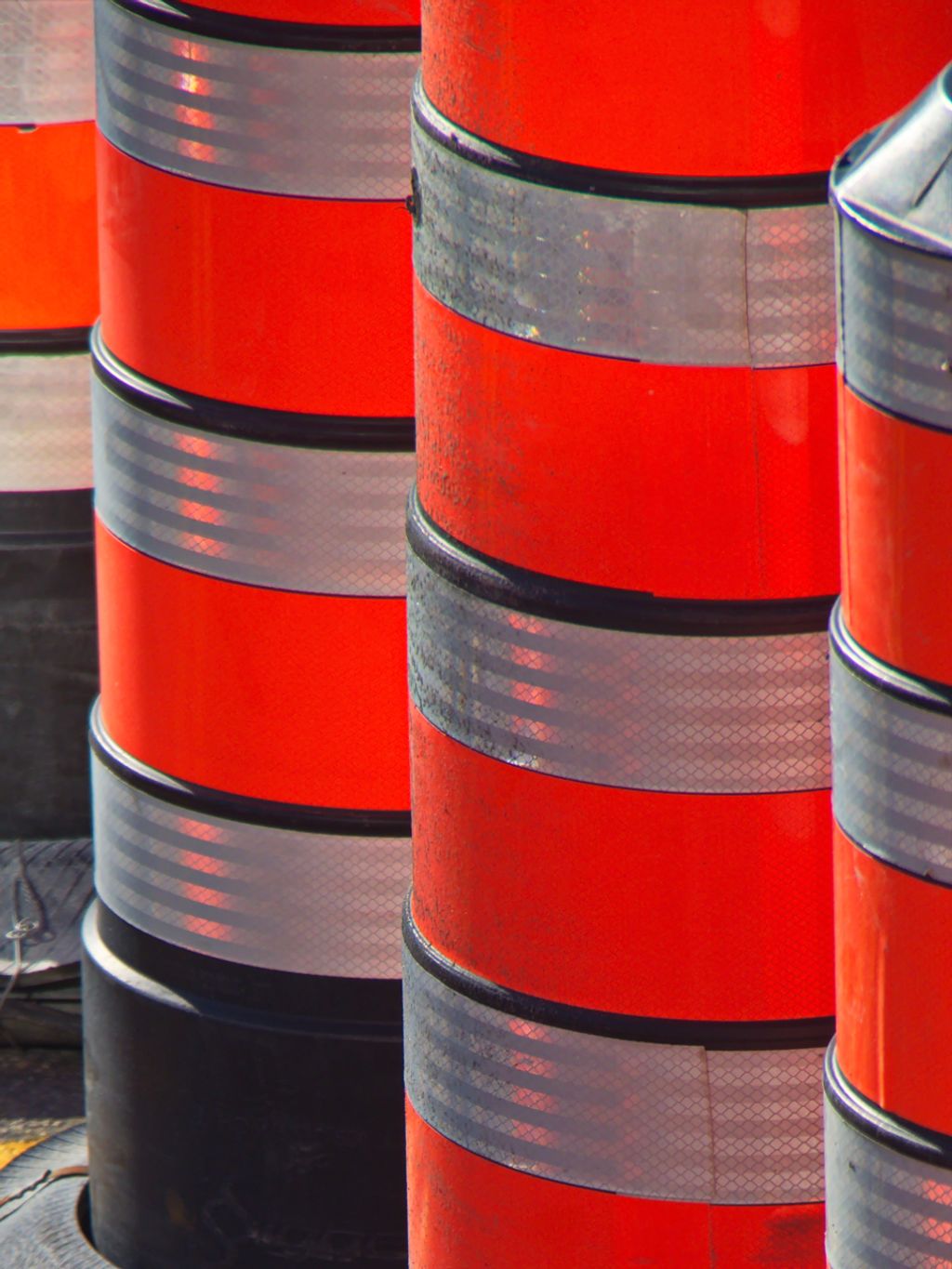In large-scale roadwork projects, dealing with client defaults can be a challenging aspect of project management. Implementing an effective recovery system for company funds is crucial to mitigate financial losses and ensure project success. This article focuses on the three-phase Recovery System designed to recover company funds in roadwork projects.
Key Takeaways
- Implementing a recovery system for company funds is essential in large-scale roadwork projects.
- The Recovery System consists of three phases: Phase One, Phase Two, and Phase Three.
- Phase One involves initial contact with debtors and skip tracing to obtain financial information.
- Phase Two includes forwarding cases to affiliated attorneys for legal action if initial attempts fail.
- Phase Three offers recommendations for closure or litigation based on recovery possibilities.
Recovery System for Company Funds
Phase One
Within the first 24 hours of initiating Phase One, a multi-pronged approach is launched to secure client defaults. Immediate action is taken to ensure that the debtor is aware of their obligations. A series of four letters is dispatched via US Mail as a preliminary step.
Skip-tracing and thorough investigations are conducted to gather optimal financial and contact information. Our collectors engage in persistent outreach, utilizing phone calls, emails, text messages, and faxes. The goal is to achieve a resolution swiftly, with daily attempts made during the initial 30 to 60 days.
Should these efforts not yield the desired results, the process seamlessly transitions to Phase Two, involving our network of affiliated attorneys.
The effectiveness of Phase One is critical to the overall recovery system, setting the tone for subsequent actions. Below is a summary of the initial contact strategy:
- First debtor letter sent
- Comprehensive skip-tracing
- Daily contact attempts
This phase is designed to maximize early engagement and facilitate a quick resolution.
Phase Two
Upon escalation to Phase Two, the case is transferred to a local attorney within our network. This marks a critical shift in the recovery process, as legal expertise is brought to bear on the situation. The attorney’s first action is to draft and send a series of demand letters to the debtor, leveraging the weight of legal stationery to underscore the seriousness of the situation.
The attorney’s involvement adds a layer of urgency, with attempts to contact the debtor intensifying through phone calls and written communication.
If these efforts do not yield a resolution, a detailed report is prepared for the client. This report outlines the challenges encountered and provides a clear recommendation for the subsequent phase. The decision to proceed further rests with the client, ensuring transparency and control remain paramount.
The following table summarizes the attorney’s actions during Phase Two:
| Action | Description |
|---|---|
| Letter Drafting | Immediate drafting of demand letters. |
| Communication Attempts | Persistent phone calls and letters. |
| Report Preparation | Comprehensive case analysis and recommendation. |
Phase Three
Upon reaching Phase Three, the path forward hinges on the feasibility of fund recovery. If prospects are dim, we advise case closure, incurring no cost to you. Conversely, should litigation seem viable, a critical choice awaits.
Choosing not to litigate allows for claim withdrawal, free of charge. Alternatively, standard collection efforts can persist. Opting for legal action necessitates upfront costs, typically $600-$700, covering court expenses and filing fees. These enable our attorneys to pursue all owed monies.
Should litigation prove unsuccessful, rest assured, no further fees will be owed to our firm or affiliated attorneys.
Our fee structure is straightforward and competitive, with rates varying based on claim age, amount, and volume. Here’s a snapshot:
| Claims Submitted | Under 1 Year | Over 1 Year | Under $1000 | With Attorney |
|---|---|---|---|---|
| 1-9 | 30% | 40% | 50% | 50% |
| 10+ | 27% | 35% | 40% | 50% |
These rates are designed to align with your success—we only gain when you recover your funds.
Frequently Asked Questions
What is the Recovery System for Company Funds?
The Recovery System for Company Funds consists of three phases: Phase One involves sending letters to debtors, skip-tracing, and attempting to contact debtors. Phase Two includes forwarding the case to an affiliated attorney for legal action. Phase Three involves either recommending case closure or proceeding with litigation.
What happens if recovery is not likely in Phase Three?
If recovery is not likely in Phase Three, the case may be recommended for closure, and the client owes nothing to the firm or affiliated attorney. Alternatively, the client can choose to proceed with litigation and pay upfront legal costs.
What are the rates for the Recovery System?
The rates for the Recovery System depend on the number of claims submitted and the age and amount of the accounts. Rates range from 27% to 50% of the amount collected.
What actions are taken in Phase One of the Recovery System?
In Phase One, letters are sent to debtors, skip-tracing is conducted, and attempts are made to contact debtors via various methods like phone calls and emails. If unsuccessful, the case moves to Phase Two.
What occurs in Phase Two of the Recovery System?
In Phase Two, the case is forwarded to an affiliated attorney who sends demand letters to the debtor and attempts to contact them. If efforts to resolve the account fail, the next steps are recommended to the client.
What are the options for clients in Phase Three of the Recovery System?
In Phase Three, clients have the option to close the case if recovery is unlikely or proceed with litigation by paying upfront legal costs. The decision to proceed with legal action or standard collection activity is up to the client.





